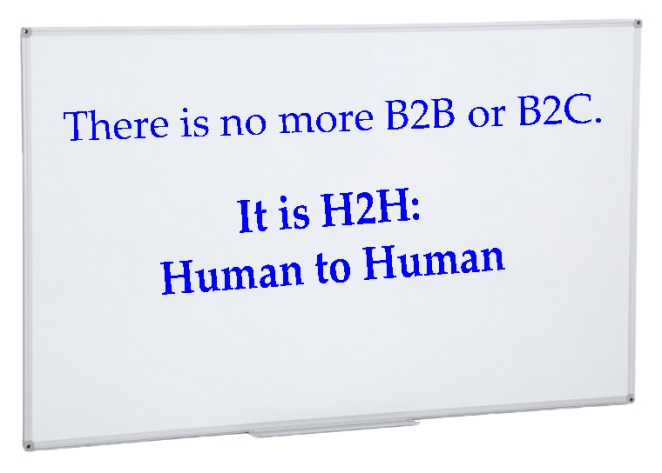http://blogs.hbr.org/2013/04/the-rise-of-the-digital-cmo/
Fact: When it comes to marketing spending, analog still outstrips digital by a factor of three to one. How could this be?, you ask. Digital marketing provides targeted reach and measurable impact. Innovative digital marketing approaches in social media, CRM, and other areas dominate the discussion. Nevertheless, analog spending still rules, as confirmed by Gartner’s 2013 digital marketing spending report. Shouldn’t CMOs and all marketers be shocked by this? Sure, an ample pile of dollars can be attributed to big spending on a few analog media channels, like Super Bowl ads, for example. But I would suggest that there is something more fundamental happening behind the numbers; something lurking in the very nature of digital marketing and what it asks of leadership and what it means for accountability.
The Digital Disconnect
First, there’s a digital disconnect in the executive ranks, a leadership vacuum created by a mismatch between expertise and authority. Like so many other revolutions, digital marketing has taken hold from the bottom up. Here, we find digital natives steeped in digital culture and practice — twenty- and thirty-somethings who came of age on the social web. Squint your eyes and you see tomorrow’s CMOs. But today’s CMO is different: the corporate attire may be gone, but the assimilation to the new digital culture is incomplete.
The Consequence of Measurement
Second, digital marketing is illuminating in ways both powerful and problematic. Analog practices leave room for ambiguity. The numbers matter, but can’t always be counted with precision. ROI is often ambiguous and anecdotal, which can relieve the CMO of true accountability. To be fair, many CMOs do want greater visibility. They’re tired of the murkiness clouding the space between investment and impact.
The Digital CMO
Now, a few CMOs may feel unfairly implicated here. Apologies! Of course, there are indeed strong examples of digital converts who have completed this assimilation successfully and built world-class digital marketing organizations that reimagine brand engagement, and even reinvent business models.
What do these “digital CMOs” do differently? They experiment aggressively. They hire smart digital natives — and empower them. They partner with great agencies. They have the humility to admit what they don’t know, the courage to toss out the old playbook, and the confidence to allow digital metrics to illuminate the results.
Some hire a chief technologist. Sometimes it’s a peer to the CMO, perhaps a chief digital officer, which Gartner predicts will be present in 25% of enterprises by 2015. Sometimes it’s a chief marketing technologist reporting to the CMO, which Gartner already finds in 70% of marketing organizations today. In both cases, this role is the designated left brain to the CMO’s right.
Digital CMOs also think beyond digital marketing. They look for opportunities to create digital experiences and revenue streams enabled by the nexus of forces, which is Gartner’s description of the convergence and mutual reinforcement of social, mobile, cloud and rich information. The collision of these factors unlocks opportunities to reach and engage with consumers across the physical and virtual worlds, drawing them closer with targeted, contextually relevant experiences and offers. Further, it can allow brands to redefine how value is created and delivered — the way Apple has with music, Amazon has with IT infrastructure, and Netflix has with movies.
Last year, Gartner predicted that by 2017, the CMO’s technology budget will exceed the CIO’s. Why? Because more often than not, it’s the CMO who is expected to drive this digital transformation, which is deeply dependent on technology. Is the average CMO ready to step up to this challenge?
Some CMOs are preparing for the digital revolution by filling the gap between expertise and authority. In other words, they have the self-awareness and the confidence to take bold action even when the context has shifted beyond their sphere of influence and scope of expertise. That is leadership. Others are afraid of the digital disruption — or exhausted by what it will take to convert digital resistors in the executive suite.
But as we’ve witnessed through the economic and technological upheavals of recent years, and the resulting creation and destruction of business models, markets and careers — disruptions can be swift and unrelenting, and it is much better to be a disruptor than one of those being disrupted.





